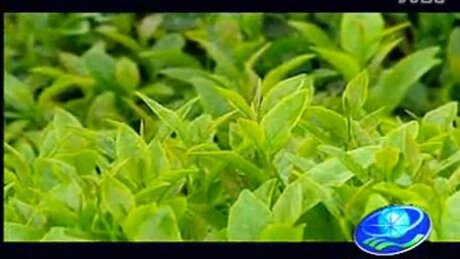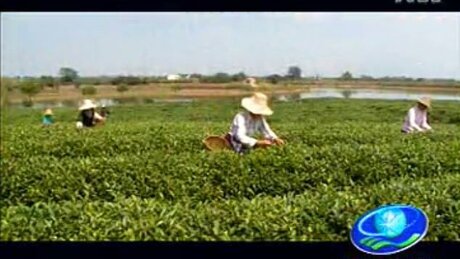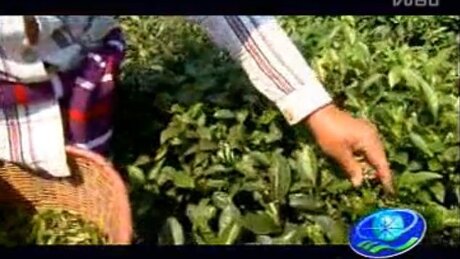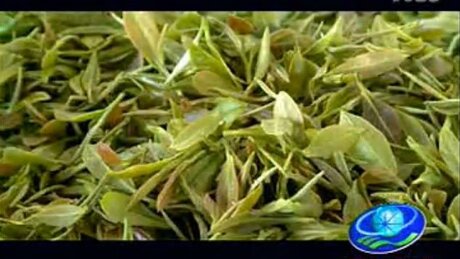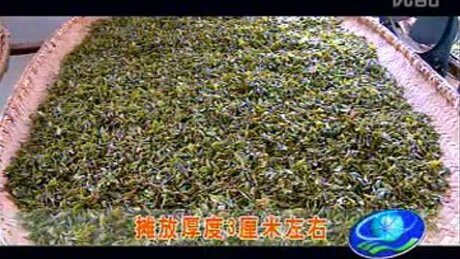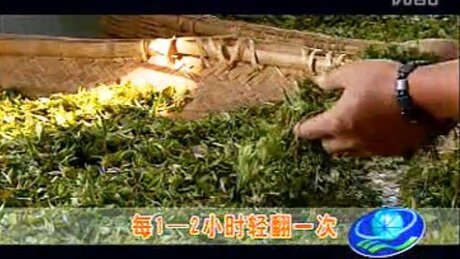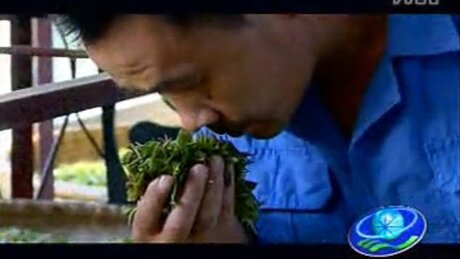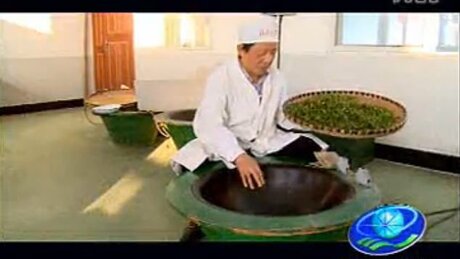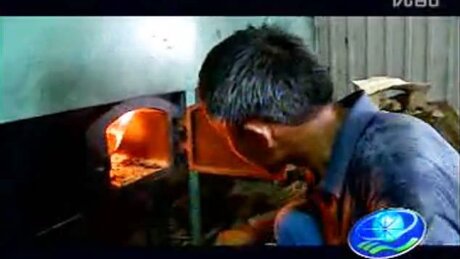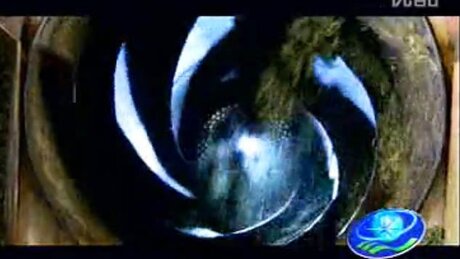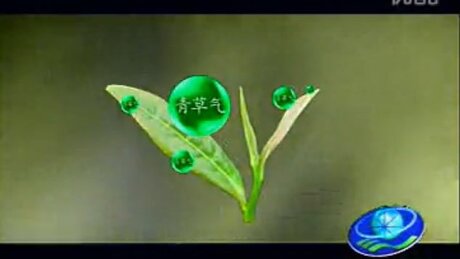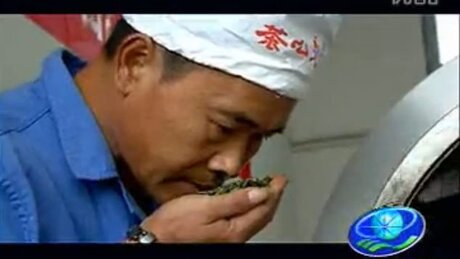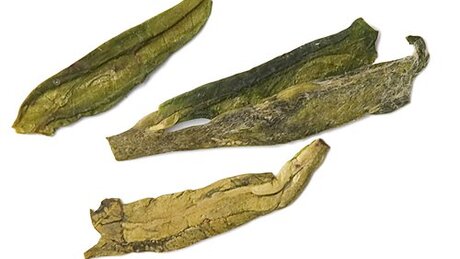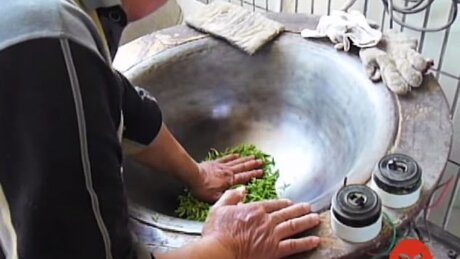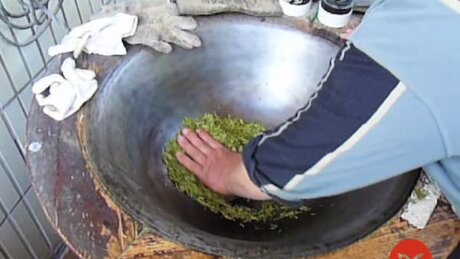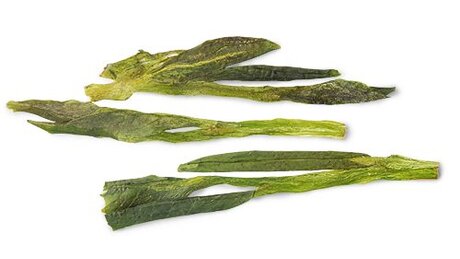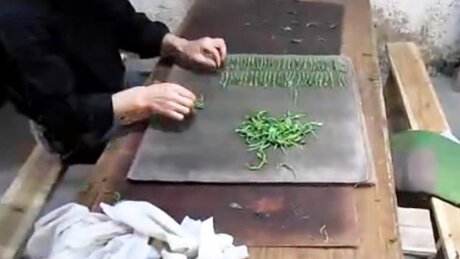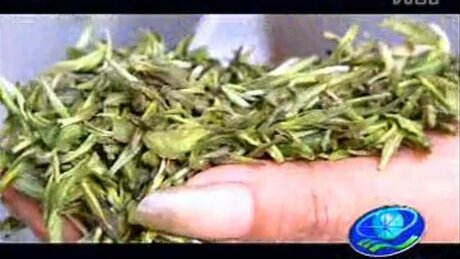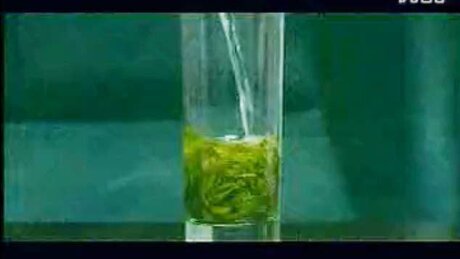Before the Ming dynasty (14th century) the scot, hence the official tea was produced by steaming of the tea leaf and compressing it into various forms. No need to run it by that in those times there was only a green tea. Not regular one, but raw green tea. It tasted much bitterer and more astringent than the tea we are used to. Irritating to stomach this wasn’t the tea one could drink a lot. For its final preparation at the time of Tang dynasty (9 th century) prior to boiling the tea brick was toasted on the fire. At the time of Song dynasty the tea was milled and whisked with water.
The present day tea (since 14th century) which we are used to brew by steepings is produced by absolutely different method. To preserve refreshing and invigorating flavor of freshly plucked tea leaf as well as rich green color it undergoes frying in special bowls. The affect of the tea on the body becomes less acute while it acquires superior flavor qualities. This process bears a wondrous name of «kill-green» (shāqīng, 杀青). Essentially it’s main purpose consists in the fastest drying of a tea leaf ceasing all natural oxidation in it, preserve and avoid fermentation and fading of the tea sap. If for some reason the tea has lost green color and «freshly» flavor it deemed to be green no more.
All green teas are referred to as «three greens»: for the color of dry leaves, for green colored brew, for green tea dregs. Green tea should have: astringent and fresh flavor, creamy scent and sweet aftertaste.
Best green tea is produced only in the springtime. Most valuable gathering takes place at the end of March, when the tips are sappy and rich of nutrients.
Later a while, by the end of April, good green tea is also harvested however more simple and low-cost.
In May flowers are added to the green tea as its flavor lacks brightness. This is where the flower tea originates from.
Tea leaf growing on the tree or bush is rather dense. Frying it immediately after gathering will result in braking of the leaves.
The tea is spread on traditional bamboo trays and stirred up periodically to let moisture out of leaves more evenly.
The completion of all processes is determined by readiness degree of the tea for further processing rather than by specific time.
Under the influence of high temperature all processes in the raw leaf are ceased. It retains green color and its composition remains closest to the fresh tea leaf.
Larger factories use special heating drums for «kill-green» procedure which is obviously worse if compared to the constant control of tea maker.
On the left is the leaf after «kill-green» procedure. It retained green color. On the right is the tea leaf kept out of this procedure. It went red.
Under the impact of high temperature enzymes (or ferments) in the leaf are destroyed and oxidation of the tea sap stops.
As always the readiness of a tea is determined by the expert. Many teas come to the stage of «shaping». There are plenty of those so I will focus only on three.
And are dried in a special drying chamber. No wonder it becomes so expensive. Its production is quite time consuming.
Frequently the final drying of tea takes place within «shaping» procedure. Frying continues until complete dehydration of tea leaves (4% of remaining humidity).
Due to low fermentation rate (natural up to 5%) and leaf tenderness green tea is steeped at temperature not exceeding the range between 60 and 85°С. The smaller and more tender the leaf or newer the tea, the lower the water temperature to deliver its flavor.
Glass tea-ware is the best choice for the green tea, porcelain takes the second place. Tea leaves inside the vessel should not get steamed. It makes the beverage rough, the aroma becomes subdued and may completely vanish after a few steepings. Unadvisable are vessels made of clay and thick ceramics. In China one of the most common ways to brew green tea is in high transparent glass. There’s even a standalone tea ceremony with glasses.
Green tea looses it’s freshly flavor quite soon. Therefore in China it is customary to drink it all from one harvest to another. Most cultivars loose their best flavor traits in several months.
Large stocks of green tea are better to be stored in refrigerator. Should it be above — or below-zero temperature remains almost philosophical issue. We need to slow down aging of tender leaf, preserve its flavor. Standard cooling chamber (with inside temperature about +5°С) serves this purpose quite well. Oppositionists of storage in the freezer (where temperature is about -10°С) refer to the possibility of condensed moisture getting into tea packages in the process of freezing and unfreezing of the leaf. Therefore it’s better to store vacuum packages there without drawing them back and forth.
Unfortunately household refrigerator contains off-flavors which may penetrate unsealed package. Thus most sound decision would be: to store vacuum packages in a cooler or freezer, while unsealed tea to be stored at room temperature with package clipped and use it within 1–3 months. Do not make excessive stocks of green tea — it should always be fresh.
Illustrated by screenshots from films: 绿茶加工工艺, 胡家茶 手工太平猴魁制作, Hand Processing of Bi Luo Chun green tea on Golden Mountain, Dragonwell and photos from personal files.


